I started writing for Peyk in 2005, when I was eighteen years old. The idea of my name appearing in print was just exhilarating! My first task was to summarize a Persian-language series on the provinces of Iran edited by Hasan Zendeh-Del, et al., designed to promote tourism within Iran. Gradually, I earned more trust from the editorial board and contributed a couple of essays of my own. In 2008, just as I declared English literature as my major at San Diego State University, I started a two-page column called Persian Poetry Today in which I introduced the work of around fifty modern and contemporary Persian-language poets to English-language readers over the course of ten years. When I look back at my literary writings in Peyk, I see a writer who was, at every stage, in need of reading more (as he still does!), but I also see a young mind gradually learning how to look at forms of cultural production—particularly poetry—historically and methodically.
My articles on Persian poetry reflect my honest failures at thinking critically but also my personal maturation as a student of literature. As a new administration came into office in 2017, I turned my public attention to a more urgent matter: the predicament of asylum seekers in a world that had taken a sharp turn toward right-wing nationalism and xenophobia. As I began my social advocacy in Berkeley on behalf of Central American refugees and asylum seekers, a new set of questions preoccupied me: how to educate the public on a humanitarian crisis in a non-partisan, honest, and nuanced manner during a time of extreme polarization. I also needed to locate and mute any “white savior” impulse there might have been in my voice. My social advocacy on behalf of Central American asylum seekers has empowered and educated me far more than the other way around. One day when I have gained more critical distance from these writings, I will look back in order to learn how to better lend my voice to marginalized communities.
Since I earned my Ph.D. in 2019, the completion of my elementary education in literary studies, I have struggled to find the time to contribute argumentative and thematically coherent essays. But I am not yet ready to stop writing for this precious community magazine. I owe a world of gratitude to its editorial board and you, the readers, for all of these years of support and encouragement. More importantly, I still have something to say to you and this platform gives me the privilege of speaking to a non-academic readership without at least some of the jargon that marks my scholarly writings (because I can’t help it!). Starting this column is an effort to continue contributing to Peyk without the pretense of framing my disparate thoughts under a single theme. In “Aria Recommends…,” you will mostly come across book recommendations, placed in the context of social issues and current affairs. You may jump from one theme to another depending on your interests; there is no clear order to follow.
As I am recommending two books this month, it’s worth repeating my past spiel about not ordering these books on Amazon. COVID-19 has had a catastrophic economic impact on the world, but sadly corporations like Amazon have emerged as clear winners of this tragic pandemic. The corporate wealth accumulated during this pandemic alone makes a mockery of the idea of a free market system, which is anything but “free,” absurdly rigged in favor of transnational oligarchs. Boycotting a mega-corporation because it has benefited from a deadly pandemic is not a long-term strategy. But in the absence of a democratic Congress that refuses to address our broken democracy and actively facilitates such unethical and self-defeating accumulation of wealth (there is your real looting!), then boycotting will sadly have to remain in our strategic arsenal as progressive-minded consumers. Please consider supporting bookshop.org or your local bookstore by purchasing the books on this reading list.
On Racism
In the wake of George Floyd’s murder, Ben Shapiro, conservative commentator and the editor of The Daily Wire, told his millions of viewers that institutional racism doesn’t exist. Liberals want us to believe that there are people in our system who are actively trying to keep Black people down, Shapiro said, displaying his inability to differentiate between individuals and institutions. In a gesture of faux sincerity, Shapiro then said if liberals could show him instances of institutional racism, he’d fight it shoulder to shoulder with them. Shapiro here teaches us two things: firstly, his operative assumption is that racism doesn’t exist until proven otherwise and, secondly, it is upon people of color, those who experience racism, to show and convince him that it exists. Shapiro’s unique quality is that he exudes so much confidence even as he spews such demonstrably facile and racist ideas.

During the Republican National Convention, the former governor of South Carolina, Nikki Haley, spoke of the hardship her Sikh parents faced upon immigrating to the U.S. But my parents didn’t give in to hate, she proclaimed, they overcame it and achieved their American Dream. Haley invoked racism as if it were an invisible particle in the air, attached to no agency, disconnected from domains of laws and policy making. It’s a self-contained problem. Many people catch it, but somehow our systems are immune to it. Haley’s dishonest message is clear: when faced with racism, just close your eyes and wish it away. It works like a charm, especially for someone like Haley who frames her political story as “I am the rule, and not the exception,” when in reality, Haley has been the exception in many ways—the first female governor of South Carolina and only the second person of Indian descent to become a governor in the U.S.
The entire Republican party has adopted and amplified this denial. Attorney General William Barr, Vice President Mike Pence, and President Donald Trump have all denied, when asked point blank, that there is such a thing as institutional racism. If that is the case, then why bother asking Black Lives Matter protesters to express their opposition to racism in a different manner? Because the main problem is not their form of protest, when one major political party believes and acts on the idea that there is simply nothing to protest about. That is the part they can’t say out loud, that is why they spend all their time painting overwhelmingly peaceful protesters as thugs and looters. On the other hand, the Democratic party tends to only pay lip service to the cause of racial justice. When it comes to fighting police unions and rethinking budgetary priorities, progressive voters have come to expect more of the same from Democratic public officials.
Finding meaningful legislative solutions to institutional racism at the national level appears elusive, though it is more realistic at the local level. There is emerging a cohesive anti-racist grassroots movement with clear ideas on how to bring about income equality, criminal justice reform, educational reform, and affordable housing—all of which have everything to do with racism. If each movement needs a book to offer a clear diagnosis of social ills and a compelling proclamation of ways to combat them, then Ibram X. Kendi’s How to Be an Antiracist (Penguin Random House LLC., 2019) is precisely that book for the emerging anti-racist movement in the U.S. and beyond.
Kendi writes with astonishing clarity: his definitions are crisp, nuanced, and memorable, and the ways in which he frames and contextualizes instances and modes of racism are effective and useful. For instance, this is how Kendi differentiates between the work of a white savior and that of an anti-racist: a white savior aims to liberate marginalized communities from their own inferiority while an anti-racist strives to liberate people from oppressive systems. His definition of race is equally apt and compelling: a power construct of collected or merged difference that lives socially (p. 35). Kendi’s impulse to locate and analyze the ways in which racism is tied to power and is baked into all other social constructs gives him the clarity to proclaim that no law or policy is racially neutral—there are only racist and anti-racist laws and policies, the former of which creates and sustains inequality based on race while the latter strives for equity and justice. In that vein, Kendi rightly finds the phrase “institutional racism” redundant for racism is a system of inequality instituted based on racially created difference. I highly recommend this gem of a book!
On Iranian Studies
In the past two decades, the field of Persian and Iranian Studies has increasingly grappled with the ways in which nationalism as a political discourse has restricted and transformed our understanding of Persian literary culture. The term “Persianate,” coined by the historian Marshall Hodgson, aims to restore to our imagination an era during which Persian acted as a transregional language of learning, not strictly associated with any single territory, religion, or ethnic group. You were not born into Persian, you learned it across its diverse cultural geography. From the eleventh to the twentieth centuries, Persian interacted with so many different languages, ranging from Bosnian to Bengali, and created a massive corpus of writings in different genres and literary modes. Illuminating the different relations people who wrote in Persian developed toward the language is a task that no one scholar can be expected to undertake. Among the studies recently published on this topic, Mana Kia’s Persianate Selves: Memories of Place and Origin Before Nationalism (Stanford University Press, 2020) is one of the most anticipated books.
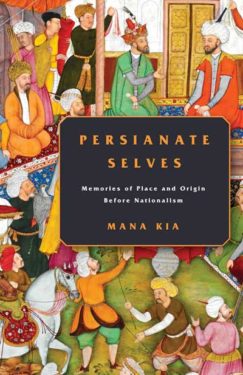
Persianate Selves poses a simple question: what did it mean to be Persian before nationalism? By Persian, Kia doesn’t mean people who ethnically identify as such or even native speakers of this language. She is referring to people who came to Persian as a transregional language of learning. Kia creatively and carefully reads a variety of seventeenth and eighteenth-century Persian-language texts—histories, travelogues, biographical dictionaries— composed and circulated in a cultural geography that included and far surpassed modern-day Iran. She interrogates concepts that today we have learned to take for granted: lineage, place, homeland, and origin. Kia convincingly shows that these concepts before nationalism, or more specifically before the formation of Iran as a nation-state in the early twentieth century, did not have a singular or linear relationship with one another; instead, they accommodated a multitude of meanings. For instance, the concept of homeland referred to small places, towns, or cities. Political territory was distinct from the idea of home. The notion of ethnic commonality, Kia demonstrates, was not determined based on blood, but rather on other factors such as one’s learning background.
Persianate Selves constructs a world in which knowledge production in Persian formed a transregional community. This doesn’t mean that in this world there existed no conflict or no difference based on religion, gender, or lineage, or that everyone lived in perfect harmony. It means that difference was expressed and contested through a different cultural form, that of adab. Kia’s insights on the idea of race is important and extremely relevant. She rejects the idea of a blood-based kinship among Persian men (and, in some cases, women) of learning. This point gains more importance when you consider that many colonial historians understood and framed lineage or nasab as purely blood-based and biological. If you enjoy reading academic studies and are not dissuaded by some theory, pick up a copy of Persianate Selves! It is a slow read, but that is only a reflection of the complexity of the topic it so patiently unpacks for us. Reading Persianate Selves will deepen your appreciation for what it takes to do a careful and critical revision of a history as multifaceted as Persian literature.
You may reach Aria to ask for the entire reading list: ariafani@uw.edu


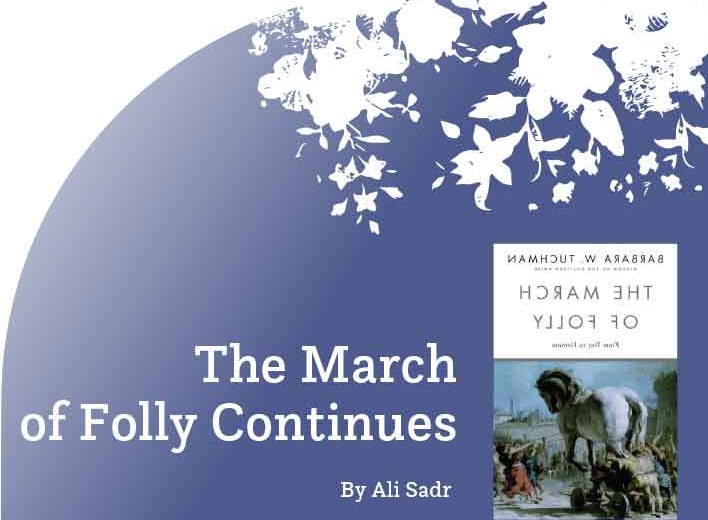
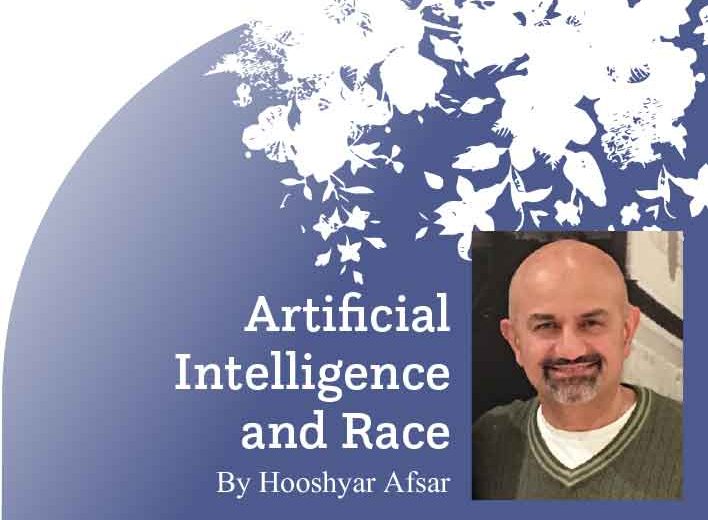
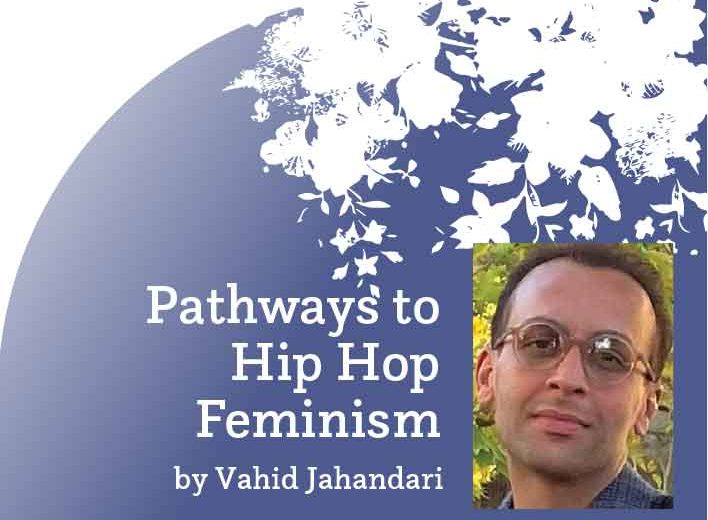



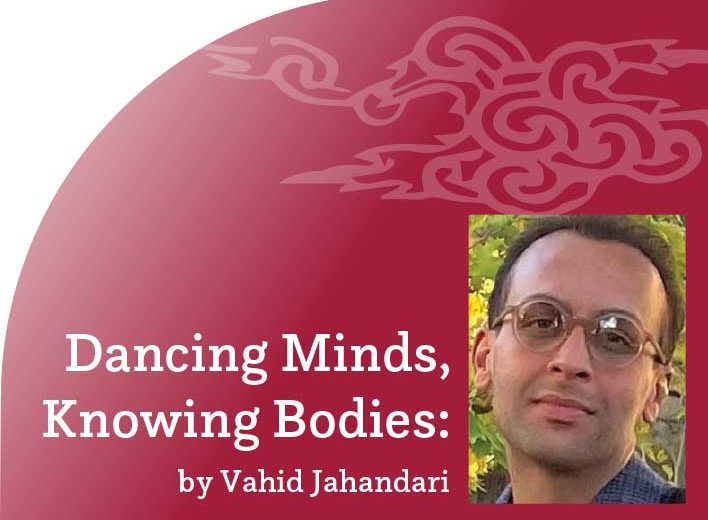









1 Comment
Anna November 12, 2020 at 6:55 pm
Salaam to all!
Thank you, Aria, for these recommendations and for your reflections. Mana Kia’s book in particular looks really interesting. Conceptualizing Persian as a “transregional language of learning” that can form community across disparate regions is a fascinating way to think about language-based identity formation that doesn’t center the nation-state. It is a particularly relevant concept in today’s world, as so many people are not able to be in their nation-state of origin due to violent political/economic/environmental realities. Given that current knowledge production in Persian is oftentimes transregional and supra-national by necessity, Mana Kia’s book seems very useful for allowing us to see how non-place-based form of knowledge production can be, and has historically been, the basis for community in of itself.
To what extent do you all think that “adab” continues to function as a central way in which Persian identity is formed?
Anna